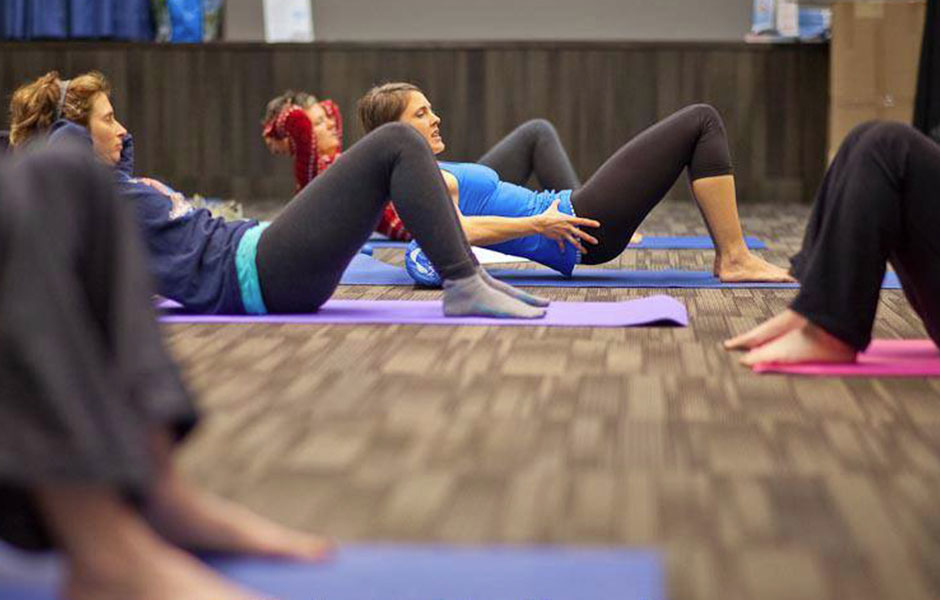Osteopathy is a great compliment to health care options that are already offered in British Columbia. Because osteopathic practitioners are adjunct to medical doctors, no referral is required to visit an osteopathic practitioner. Compared to other approaches in the healing realm, clients find osteopathy less painful, time efficient and most cost-effective.
Osteopathic practitioners use hands-on techniques, commonly known as Osteopathic Manipulative Therapy, to adjust and restore the function and structure of human body. The variety of patients include adults, retired people, children, babies, postpartum mothers and athletes.
How does Osteopathy work?
While each practitioner may have advanced techniques and modalities included in their practice, there are two common types of treatments offered: Osteo-articular adjustment and Visceral normalization.
During osteo-articular adjustments, the goal is to restore the functional and physiological relationships between various bones. Osteopathic practitioners execute an impulse that is precise and forces free to remove the barriers and allow for natural restoration of positions of tissues within the body. Once the structure of tissues is balanced, fluids including blood, lymph, digestive juices and axoplasm are now able to circulate in and out of the areas that require healing.
During visceral normalization, each organ is examined for sufficient mobility to perform a full range of motion. The purpose behind the emphasis on the functional range of motion is that restricted major vessels or nerves are often the causes of discomfort or pain for the patient.
While a gentle motion is sensed during Osteo-articular adjustments, a mild pressure is sensed during visceral normalization.
What does your session look like?
From extensive experience and several years of studying, Osteopathic practitioners develop palpation skill. During initial assessments, this skill is used to feel the state of tissues via investigating texture, subtle motion and moisture.
Using gentle and intentional palpation, sensory information is detected by pressure receptors on the practitioner’s hands. The osteopathic practitioner then uses the gathered information to evaluate the tissue whether they be stiff, dehydrated, congested or other possible qualities. By assessing the qualities of various tissues combined with other information gathered during the initial assessment, the practitioner can then make judgments on which tissues are most in need of immediate attention.
What can Osteopathic practitioner help with?
In osteopathy, natural medicine is valued. In the context of Osteopathic treatment, natural looks like nothing added (medications) or removed (surgical procedures) from a human body. The body is considered a healing agent and has an ability to regulate itself. The role of the osteopathic practitioner is to remove barriers that stop healing to occur. Osteopathy is, therefore, an effective treatment for several symptoms and conditions, including:
- Posture imbalances
- Sports-related injuries
- Digestive disorders
- Whiplash injuries
- Arthritis
- Back pain
- Dizziness
- Fibromyalgia
- Knee and shoulder injuries
- Weakness




